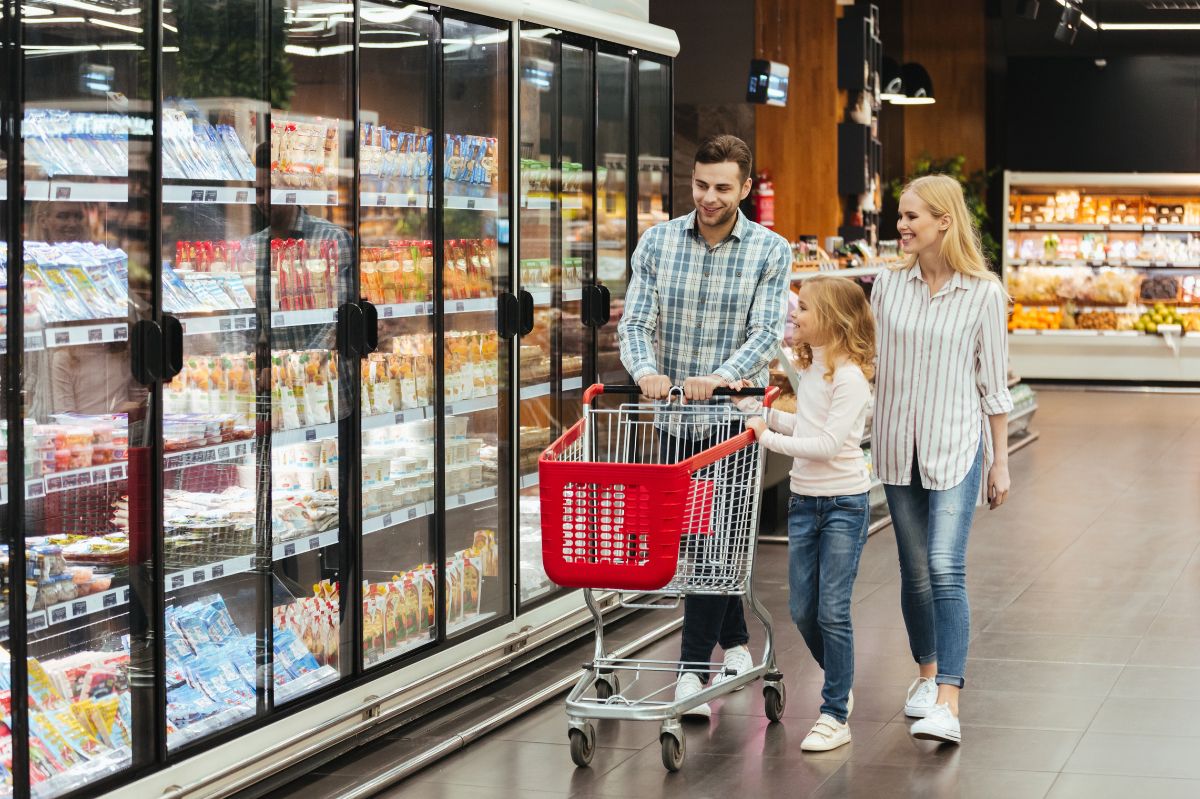The Hybrid Future Of Retail

Table of Contents
Retail: the future is hybrid
Retail: The Future Is Hybridizing to Create New Experiences. This is the path emerging for the retail trade in which one of the most exciting revolutions can be witnessed shortly.
It is, in fact, well known that sales points are the places where the key elements of commerce meet: goods, money, and the desire (or willingness) to buy.
Point of sale and shopping experience
Despite being relatively simple elements, with the diffusion of digitization, these can give life to a dynamic path that leads to a new dimension of the shopping experience. Let’s see how starting from Covid and from what the measures to contain it have caused: closure of shopping centers and places of possible gatherings, quotas on entrances to shops deemed strategic, and the impossibility of moving. Measures that have generated an explosion of traffic on e-commerce sites literally stormed during the lockdown, even by customers who usually snubbed them.
Accelerated digital adoption
The crisis has accelerated the adoption of digital. But the end of its most acute phase has also transported the sector into a new normal. And it is on this that we need to reflect today and prepare to manage a future that promises to be complex but certainly attractive for the potential it seems to offer.
What does it mean? That customers will still want to buy in-store. A recent Euromonitor research states that in 2024 78% of purchases will still be made offline, while online purchases will amount to 22%.
In the shop, yes, but how?
Suppose we want to rewrite this statement considering the indications that Google has recently given us. In that case, we can say that “53% of the revenues generated by retail will go to those retailers that have a digital offer in their business models” shortly. But, and there is always a but, they will prefer offers behind which there is an important digital commitment.
This perspective is very interesting because it forces the sector’s protagonists to review their operating models and open up to a hybrid context that can guarantee entrepreneurial success if set up and followed correctly.
The new hybrid context
The context to which it can apply is, moreover, quite broad. In fact, it includes retailers strongly oriented toward physical stores open to a digital transformation, those who sell through marketplaces, and online retailers who are starting to conceive a future also made up of physical stores and points of sale.
Therefore, the lockdown caused by Covid has, first of all, forced us to review the way physical points of sale present themselves: larger spaces to respect social distancing, less stock, and increased use of cards and contactless systems for purchases.
The approach has changed.
But we are also talking about a more hybrid and pragmatic approach that interests consumers. These have indeed been fascinated by e-commerce, but, at the same time, they really don’t intend to give up the physicality of the purchase and the relationship with the shopkeeper.
This is why the BOPIS (buy online, pick up in-store) phenomenon is establishing itself as the driving trend of the new post-Covid normal.
Digital and physical together: the new hybrid reality
The retail sector is leading a real revolution for the social system, giving it the form of the hybridization of behaviors, the control of actions, and, even before that, the methods of addressing and managing purchase motivations.
What does all this mean? The retail sector will have to imagine a future made up of two worlds that integrate and interpenetrate: digital and physical will have to go hand in hand and even generate a new level of hybrid reality.
To do this, it will be necessary to make available a large amount of data for every single article, relating it to everything to which it can be connected. Then make sure that all of this “explodes” in the physical experience of touching the product in a store.
From the point of view of communication and marketing, all this is simply fantastic, full of suggestions and creative potential.
A very strong, effective, and profitable pact can be made between the seller and the one who communicates to give the customer an extraordinary, unforgettable experience.
Emotions, explorations, immersions: these are components that retailers, guided and supported by communication, will have to be able to give to customers (acquired or potential) who want to amplify their knowledge through hybridization processes between digital information and physical experience. The retailer will not only be a person who makes proposals available but will have the opportunity to assume the role of a real influencer.
Thanks to the hybridization between physical and digital and to a new way of conceiving the relationship with the customer, the shopkeeper will identify collective desires, translate them into suggestions for the individual, propose customized solutions, direct the purchase, and find a way to give back to the customer a unique experience.
This perspective suggests that the future of commerce is exciting for many. Indeed, it is necessary to adapt to a new mentality and the need to transform one’s way of operating.
The decisive role of communication & marketing
A change must have all possible support from communication and marketing specialists.
Because, even for them, a task of extraordinary importance lies ahead: after all, the role of agencies, being creative and creating relationships between sellers and buyers, will be an indispensable strategic element for companies that will undertake hybridization processes.
In fact, it will allow them to be directed towards strategies with high potential for results.
All this is on the condition that communication specialists are capable of being, first and foremost, subjects capable of welcoming and experiencing the potential of hybridization, committing themselves to devise strategies and models capable of helping companies to create and transmit experiences.
There is plenty of room for everyone, but especially for those who know how and want to get involved in a completely different reality than in the past.
Also Read : Urban Mobility: Fundamental Role Of Communication
